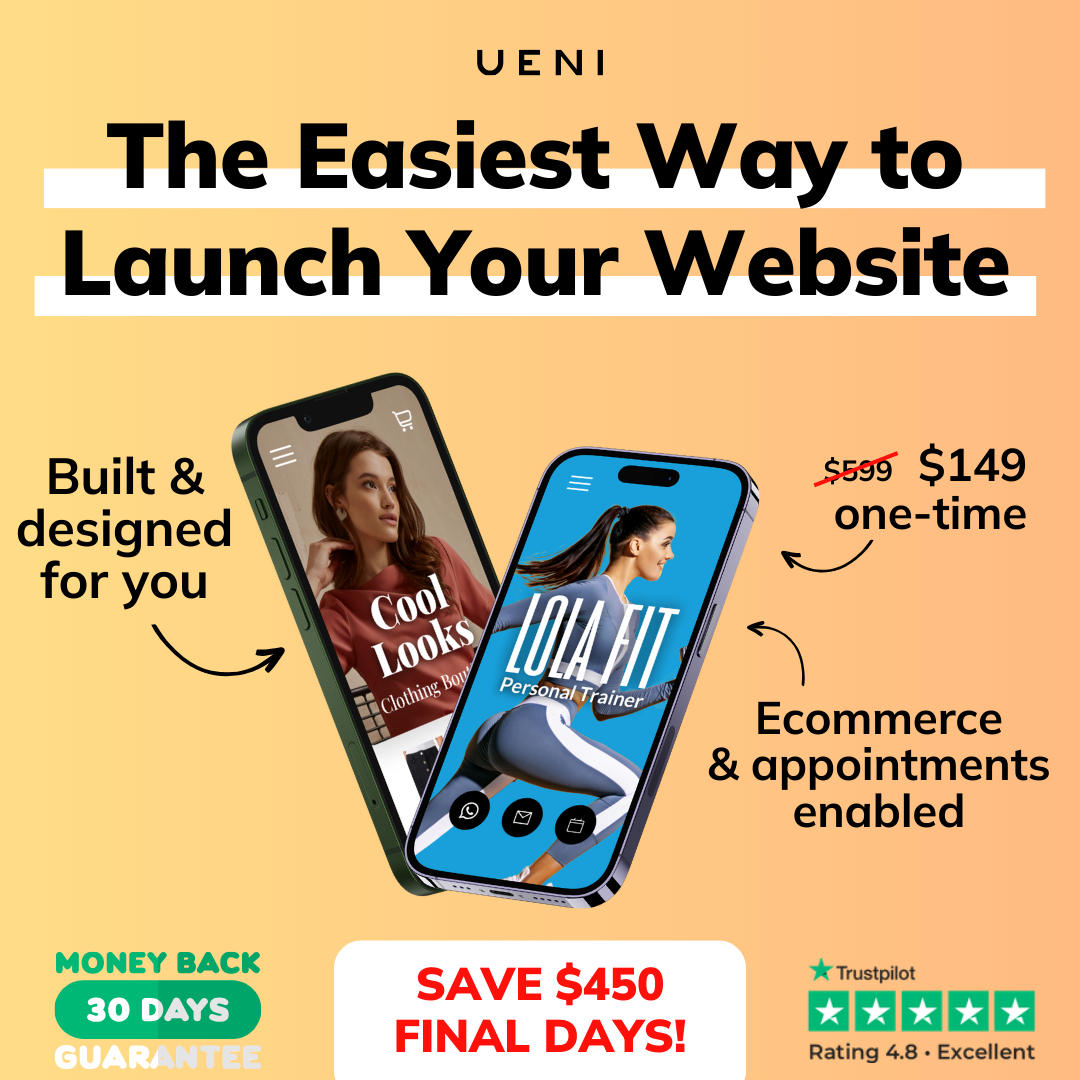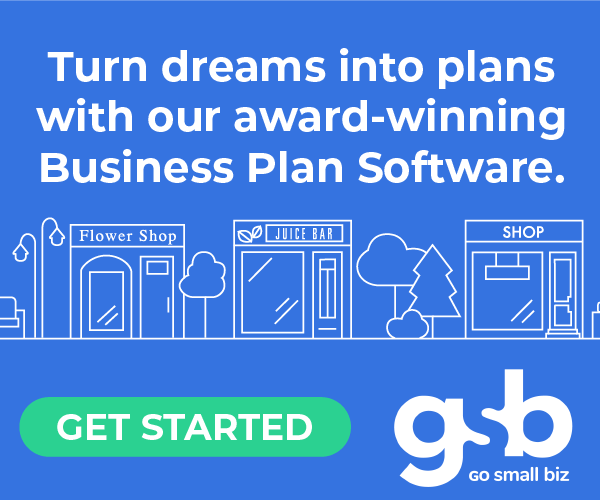
In today’s labor market, employers are facing a critical question: Is it harder to recruit top talent or retain the talent they already have? The answer isn’t simple—and it often depends on the company’s size, culture, and industry. But one thing is certain: the challenges in both recruiting and retention are evolving rapidly.
For small and mid-sized businesses, a Professional Employer Organization (PEO) can be a strategic partner in addressing both sides of the talent equation. By providing HR expertise, competitive benefits, and compliance support, PEOs help businesses navigate shifting employee expectations and win the battle for talent.
Let’s explore how employee motivations are changing, and which HR challenge—recruiting or retention—poses a greater threat in today’s workforce climate.
Recruiting vs. Retention: The Shifting HR Landscape
Recruiting and retention have always been linked. After all, losing employees means you must hire new ones. But in 2025, retention is emerging as the more strategic concern—especially in industries where skilled talent is scarce and onboarding costs are high.
Consider this: it’s not only hard to find qualified candidates, but also expensive and time-consuming to replace those who leave. According to SHRM, the average cost per hire is over $4,700, while replacing a high-performing employee can cost up to 200% of their annual salary.
Why are people leaving? It’s no longer just about salary.
Changing Employee Motives: It’s About More Than Pay
Today’s employees are looking for purpose, flexibility, and work-life alignment.
Yes, compensation still matters—but employees increasingly prioritize:
-
Remote or hybrid work options
-
Mental health support
-
Career growth opportunities
-
A strong organizational culture
-
Lifestyle-oriented benefits
Younger generations, especially Gen Z and Millennials, value employers who invest in their wellbeing and long-term goals, not just their productivity.
Companies that overlook these shifting values may succeed in recruiting—but struggle to retain.
The RTO vs. WFH Balance: Striking the Right Workplace Model
Return-to-office (RTO) mandates have been a hot-button issue, especially as more companies try to re-establish in-office norms. However, flexibility remains a top driver of job satisfaction and retention.
A rigid, one-size-fits-all RTO policy can hurt both recruiting and retention. In contrast, companies offering hybrid work arrangements tend to attract and keep high-performing employees who value autonomy and better work-life balance.
A PEO can help businesses navigate this complex transition by:
-
Advising on hybrid policies that fit company culture
-
Ensuring compliance with remote work regulations across state lines
-
Providing tools for remote performance management and communication
By finding the right mix of RTO and WFH, companies can keep employees engaged—without sacrificing productivity or culture.
Burnout Is a Hidden Retention Killer
Even the most engaged employees can burn out. High workloads, unclear boundaries, and lack of support all contribute to mental and emotional exhaustion. Burnout leads directly to higher turnover, absenteeism, and disengagement.
HR teams—especially in small businesses—often lack the bandwidth to monitor burnout trends or implement wellness initiatives.
That’s where a PEO adds value. By offering:
-
Access to Employee Assistance Programs (EAPs)
-
Stress management resources
-
Training for managers on preventing burnout
A PEO can help employers build a healthier, more sustainable work environment that supports retention.
Lifestyle Benefits That Drive Loyalty
Traditional benefits like health insurance and retirement plans are still essential—but they’re not enough to stand out in today’s job market. Companies are gaining an edge with lifestyle benefits that support the whole employee, including:
-
Flexible PTO policies
-
Financial wellness tools
-
Pet insurance
-
Family planning support
-
Learning and development stipends
-
Volunteer days or purpose-driven work initiatives
PEOs give small businesses access to Fortune 500-level benefits packages, helping them compete with larger employers for top talent.
When employees feel seen and supported as individuals, they’re much more likely to stay loyal—regardless of what offers come their way.
Why Retention Now Outweighs Recruiting
While both are critical, retention has the edge in importance. Here’s why:
-
The cost of losing experienced employees continues to rise.
-
Employee expectations are evolving faster than many companies can adapt.
-
Job seekers are highly informed, and they look at retention rates and employer reviews before accepting offers.
In other words, if your current team isn’t engaged, motivated, and satisfied, recruiting more people won’t solve your long-term challenges.
Retention builds culture, lowers costs, and creates a positive employer brand that makes recruiting easier.
How PEOs Help With Both Recruiting and Retention
A PEO serves as an extension of your HR team—especially valuable for small and mid-sized businesses that don’t have internal capacity to manage it all.
PEOs support recruiting by:
-
Writing job descriptions that reflect current market trends
-
Advising on competitive pay and benefits
-
Streamlining onboarding and compliance
PEOs support retention by:
-
Offering comprehensive employee benefits
-
Implementing wellness and engagement programs
-
Advising on performance management, feedback, and growth paths
With a PEO partner, you’re not just filling roles—you’re building a workplace where people want to stay.
Focus on Retention to Strengthen Recruiting
The talent game is no longer about hiring fast—it’s about creating a workplace where people thrive. Retention is proving to be the HR priority with the most long-term impact.
Businesses that work with PEOs gain a competitive edge in both recruiting and retention—by offering the support, benefits, and culture today’s employees are searching for.
44 Views












